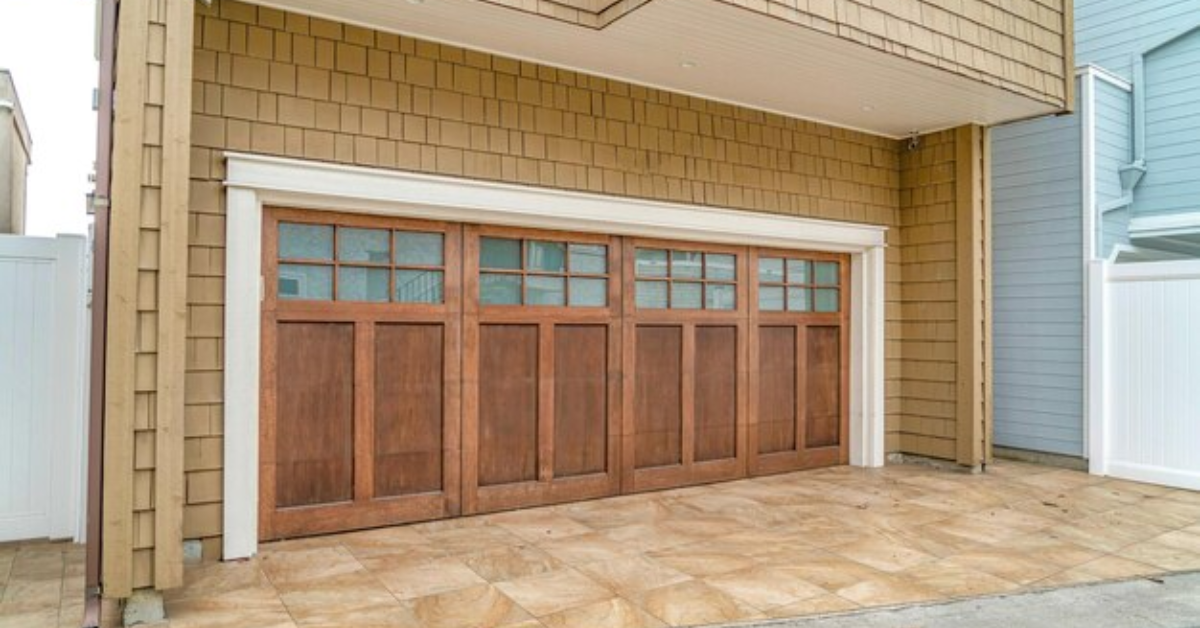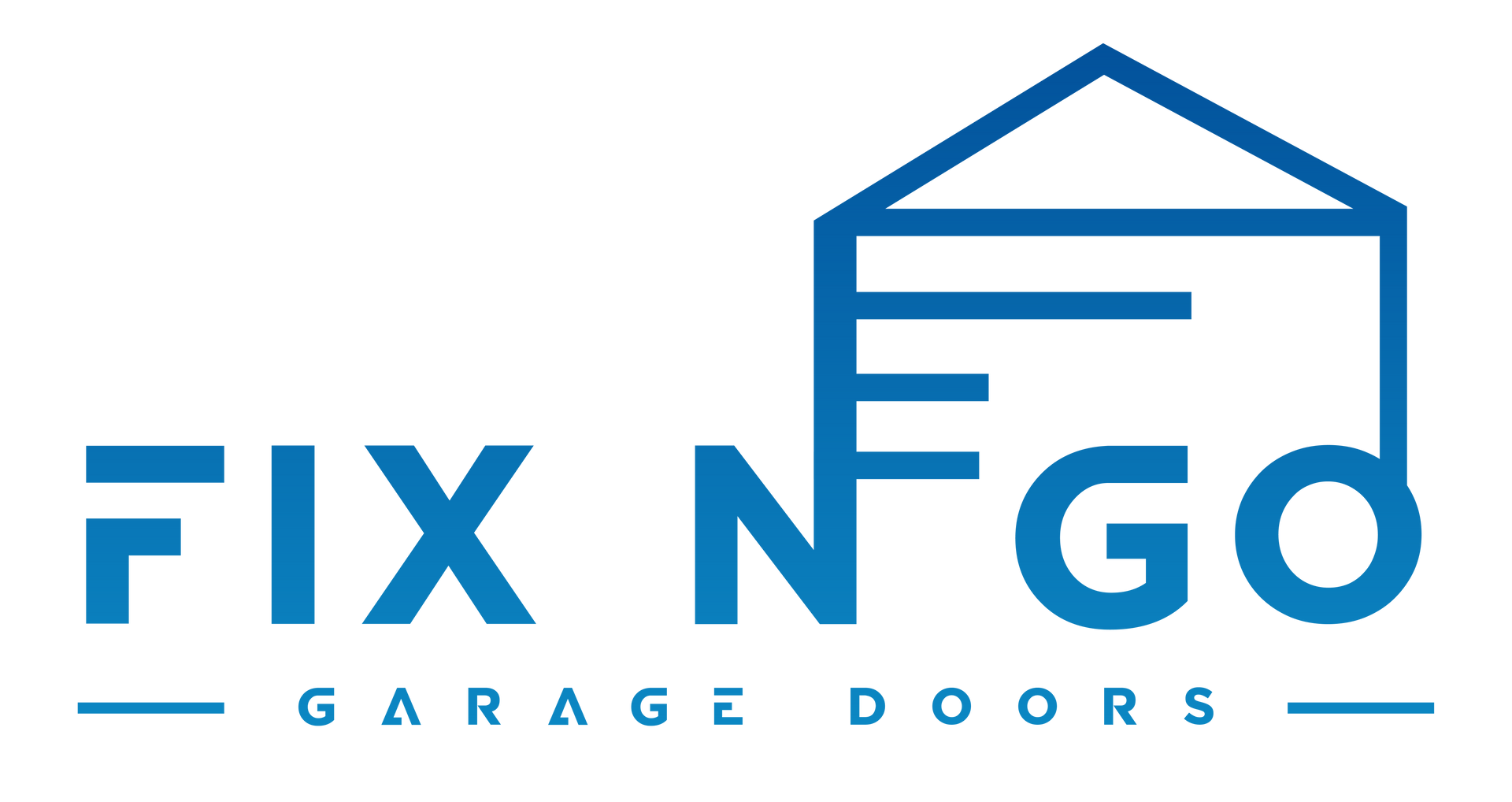Spring Maintenance Tips for a Smooth-Running Garage Door
As winter fades and the weather warms up, spring is the perfect time to take care of home maintenance tasks you've been putting off—especially garage door maintenance. Your garage door is one of the most frequently used entry points in your home, and its mechanical parts go through a lot of wear and tear throughout the year. With fluctuating winter temperatures and increased moisture, components can become damaged or misaligned. That’s why spring maintenance is essential to ensure your garage door continues to operate safely, efficiently, and smoothly. In this guide, we'll walk you through the most effective spring garage door maintenance tips to help extend the life of your system and avoid unexpected repairs.
Why Spring Is Ideal for Garage Door Maintenance
Spring is a transitional season that brings milder temperatures—ideal for performing outdoor inspections and mechanical work. After months of dealing with freezing temperatures, snow, and road salt, your garage door system could be showing early signs of damage or corrosion. Addressing these issues now helps prevent more serious problems down the line. Regular garage door maintenance also contributes to energy efficiency, minimizes noise, improves performance, and enhances safety for you and your family.
Start with a Visual Inspection
Begin your spring maintenance with a thorough visual check. Look over the entire garage door system—panels, hinges, rollers, springs, cables, tracks, and weatherstripping. Check for signs of:
- Rust or corrosion
- Cracks in the panels
- Loose hardware
- Worn-out rollers or
cables
- Warping or sagging
Take note of any irregularities that might require repair or replacement. Catching small issues early can help avoid larger, more expensive repairs later.
Clean the Door and Tracks
A clean garage door not only looks better but also operates more smoothly. Use a gentle detergent mixed with warm water to clean the door panels and remove any dirt, salt, or grime left behind by winter weather. Avoid using harsh chemicals that can damage the door’s finish.
While you're at it, clean the tracks on both sides of the door. Dust, debris, and buildup can prevent the rollers from moving freely, leading to jerky or noisy operation. Use a damp cloth or a vacuum to remove any accumulated dirt, but don’t apply grease or oil to the tracks, as this can cause the rollers to slip.
Lubricate Moving Parts
One of the most effective ways to keep your garage door running quietly and smoothly is by lubricating its moving parts. Use a silicone-based lubricant or garage door-specific spray (avoid WD-40, as it’s a degreaser).
Focus on lubricating:
- Hinges
- Rollers
- Springs
- Bearings
- Pulleys
- The opener’s chain or screw (if applicable)
Lubrication reduces friction, extends the life of the components, and prevents squeaking and grinding noises.
Test the Door Balance
A properly balanced garage door will operate with minimal effort. If your door is out of balance, it puts strain on the opener and other mechanical components, increasing the likelihood of failure.
To test the balance:
- Disconnect the garage door opener by pulling the release cord.
- Manually lift the door halfway.
- If it stays in place, it’s balanced. If it falls or rises on its own, the springs may need adjustment.
Spring tension should only be handled by professionals due to the high risk of injury. If your door fails the balance test, contact a licensed technician.
Inspect and Replace Weatherstripping
Your garage door’s weatherstripping plays a crucial role in keeping out moisture, debris, and pests. Over time, rubber seals can crack, harden, or fall apart due to exposure to the elements.
Check the bottom seal and the side and top strips for damage or wear. If any part of the weather seal looks brittle, cracked, or loose, replace it with a compatible seal from a hardware store or your door’s manufacturer.
Maintaining weatherstripping also improves energy efficiency by sealing drafts that could raise your energy bills during hot or cold months.
Check Safety Features
Modern garage door openers include essential safety features like auto-reverse and motion sensors. These need to be tested regularly to ensure they’re functioning properly.
Auto-Reverse Test: Place a small object (like a wooden block) in the door’s path and close the door using the wall button. The door should automatically reverse upon hitting the object.
Photo Eye Sensor Test: While the door is closing, wave your foot or a broomstick in front of the sensors located near the floor on either side. The door should reverse immediately.
If either test fails, clean the sensors with a dry cloth and realign them if necessary. If problems persist, the opener may need servicing or replacement.
Tighten Loose Hardware
A garage door moves up and down several times a day, causing screws, bolts, and brackets to gradually loosen. Inspect all visible hardware, including those that connect the door to the track and rollers, and tighten them using a wrench or socket set. Be cautious around components connected to the springs, as those are under high tension and should only be adjusted by professionals.
Don’t Forget the Opener
Lastly, inspect the garage door opener. Change the remote’s batteries, check the wall-mounted controls, and ensure the unit isn’t making any unusual noises. If you have a smart garage door system, check for software updates via the connected app to keep features running smoothly.
The Right Time to Call a Professional
While many spring maintenance tasks can be done by homeowners, some issues—like spring tension adjustment, cable replacement, or opener malfunctions—require professional attention. If your door is shaking, reversing randomly, or making grinding noises even after maintenance, schedule an inspection with a certified technician.
Final Thoughts
Spring is the perfect time to give your garage door the attention it needs. Regular maintenance ensures your door runs smoothly, safely, and efficiently throughout the year. By performing a few simple tasks—cleaning, lubricating, inspecting, and testing—you can avoid major breakdowns and extend the life of your garage door system. Make garage door maintenance part of your annual spring cleaning routine, and enjoy peace of mind knowing that your home remains secure, functional, and in great condition.




